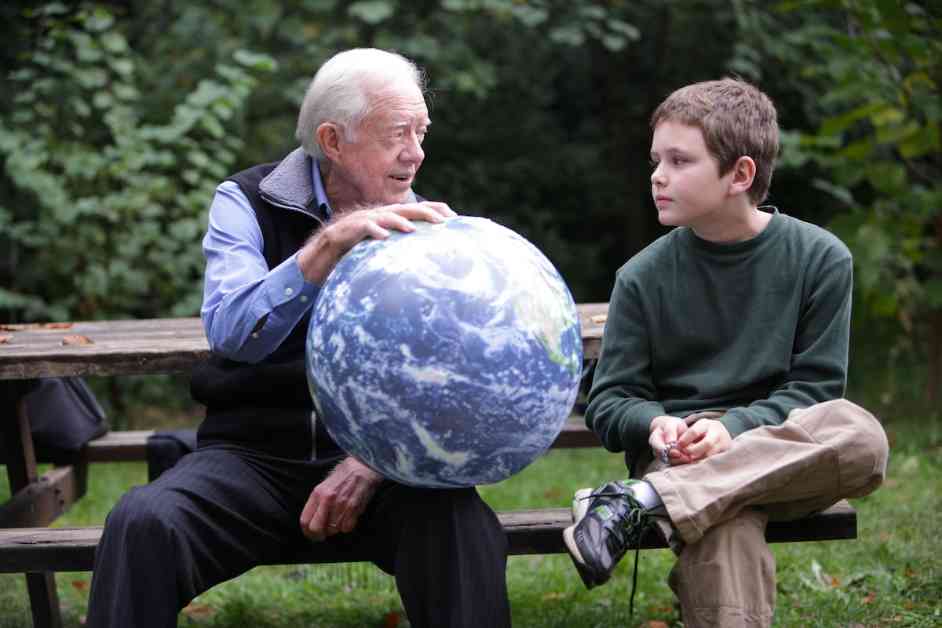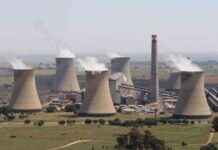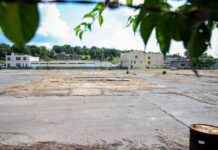**Jimmy Carter’s Environmental Legacy: A Comprehensive Analysis**
In 1979, President Jimmy Carter made a bold statement by unveiling 32 solar panels on the White House roof, stating that they could either be a curiosity or part of an exciting adventure for the American people. Despite his presidency’s mixed reviews, Carter’s impact on the environment was significant, advocating for clean energy, protecting lands, and regulating toxic chemicals.
**Early Advocacy for Clean Energy**
Before Carter took office, the U.S. faced an oil crisis, leading to a significant rise in oil prices and foreign oil dependence. Responding to this, Carter established the U.S. Department of Energy to reduce reliance on fossil fuels by promoting domestic energy production. While his methods were not flawless, he championed sustainable energy sources like solar and nuclear power, emphasizing their benefits over finite and polluting resources.
**Conservation Efforts**
Carter’s commitment to conservation was evident in his protection of Alaskan wilderness through the National Interest Lands Conservation Act (ANILCA). Despite initial setbacks, he used executive authority to safeguard millions of acres of land, doubling the National Park system’s size. His actions set a precedent for future conservation efforts, protecting vital ecosystems for future generations.
**Regulation of Toxic Chemicals**
Following Rachel Carson’s groundbreaking work on pesticides, Carter passed legislation to regulate these harmful chemicals. Amendments to the Federal Insecticide Fungicide and Rodenticide Act (FIRFA) and the Toxic Substances Control Act marked significant progress in pesticide oversight, ensuring stricter registration and monitoring to protect public health and the environment.
**Legacy Beyond the Oval Office**
Jimmy Carter’s post-presidency activities, including his work with Habitat for Humanity and the Carter Center, have made a lasting impact globally. From building homes for the less fortunate to leading the fight against diseases like Guinea Worm, Carter’s humanitarian efforts continue to improve lives worldwide.
**Conclusion**
Jimmy Carter’s environmental legacy is a testament to his vision for a sustainable future. From advocating for clean energy to protecting natural landscapes, his contributions have left an indelible mark on environmental policy and conservation efforts. As we reflect on his legacy, we are reminded of the importance of bold leadership and unwavering commitment to environmental stewardship.
—
**Why you can trust us**
Founded in 2005 as an Ohio-based environmental newspaper, EcoWatch is a digital platform dedicated to publishing quality, science-based content on environmental issues, causes, and solutions.
*Subscribe to get exclusive updates in our daily newsletter!* **By signing up, you agree to the Terms of Use and Privacy Policy & to receive electronic communications from EcoWatch Media Group, which may include marketing promotions, advertisements, and sponsored content.**
*Michael Riojas* is a reporter and editorial assistant for EcoWatch with a BS in Journalism and a certificate in Environmental Studies, Sustainability & Resilience from Ohio University. He also specialized in environmental studies for his journalism degree. He’s interested in philosophy, politics, and all things environmental. Before he was a reporter, he was an intern for Congresswoman Marcy Kaptur and has since advocated for extensive environmental action.














